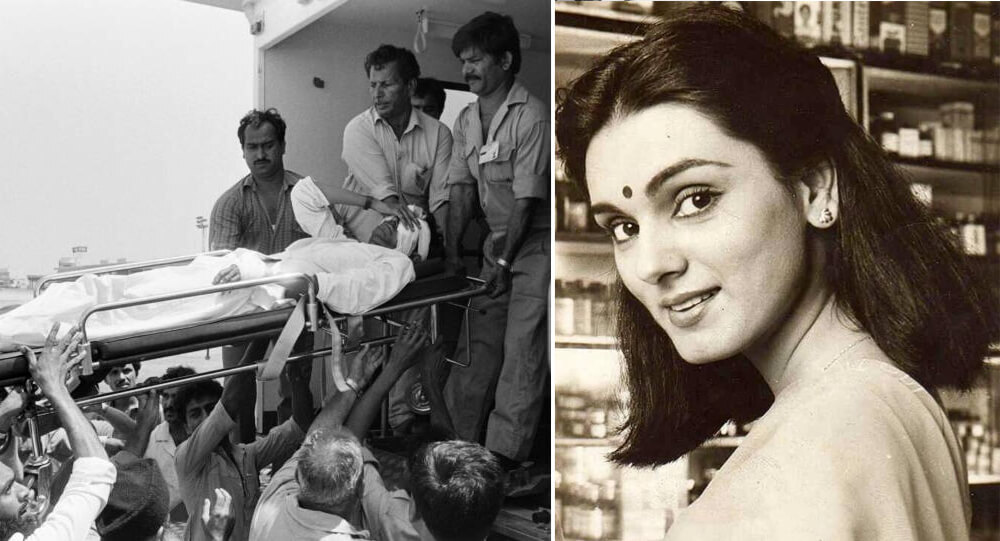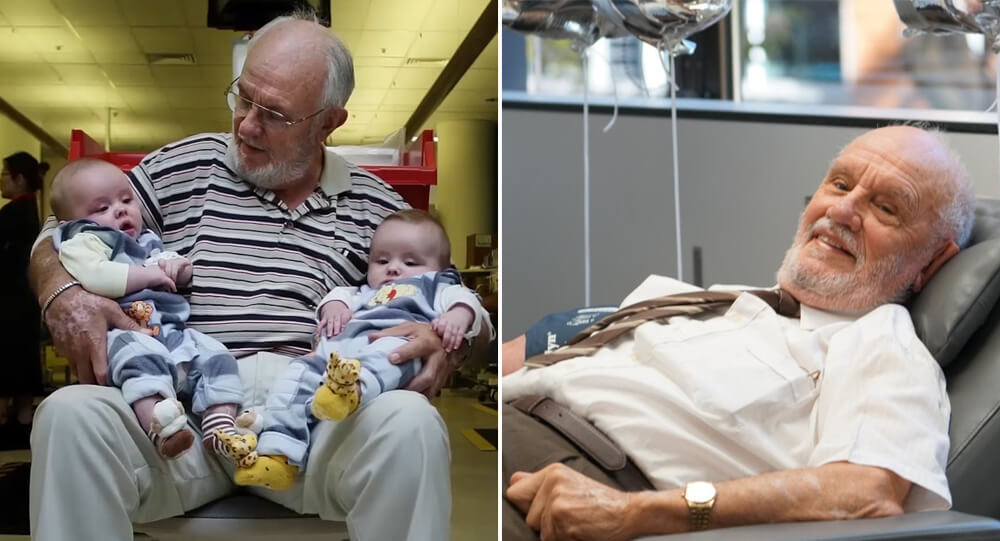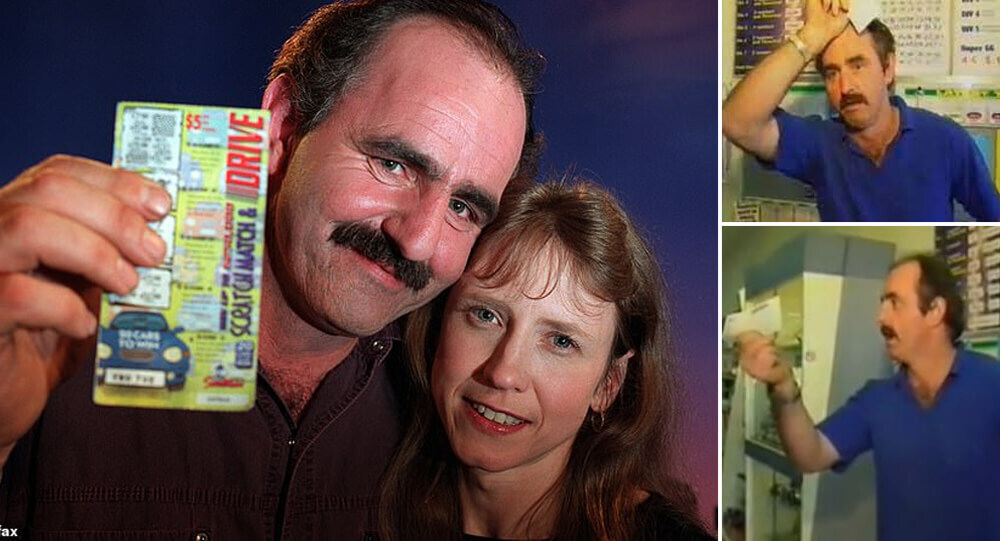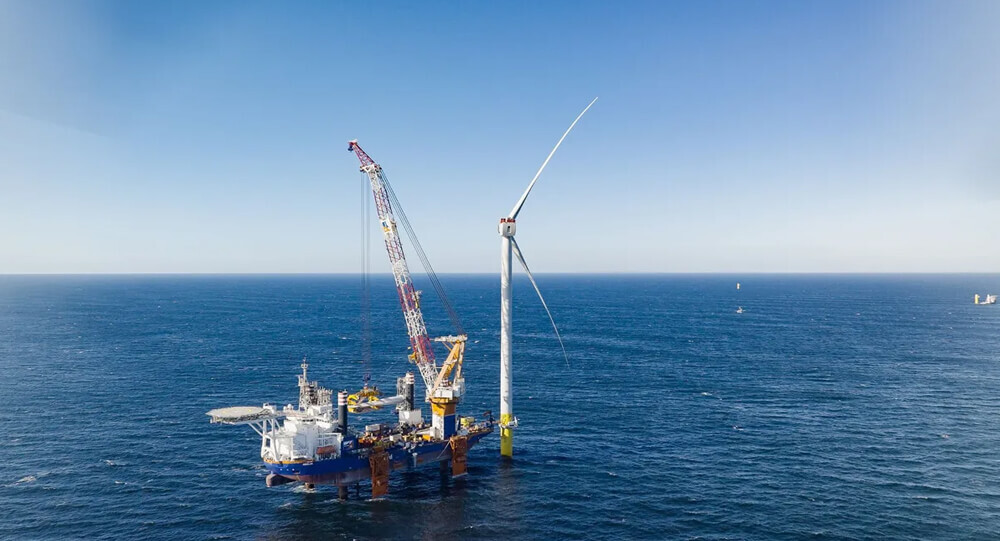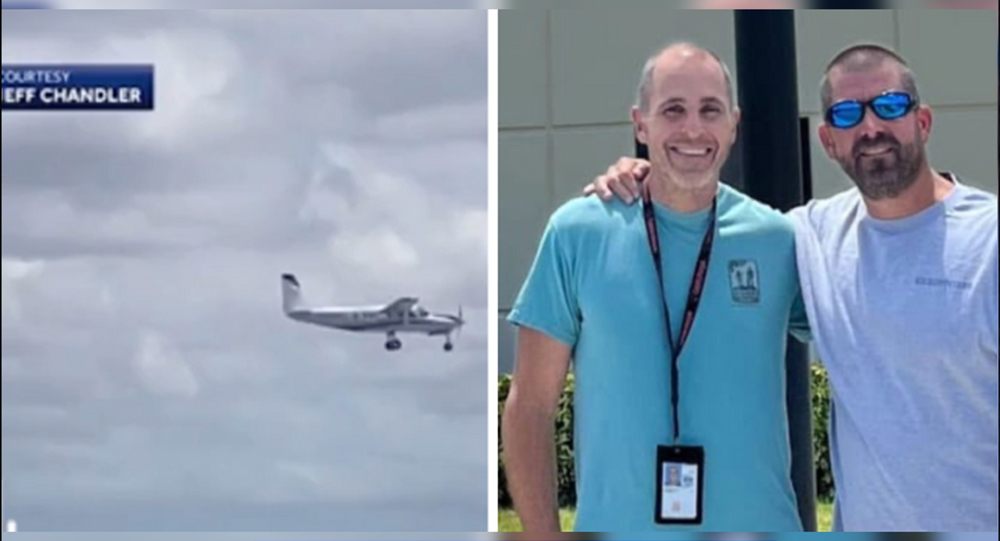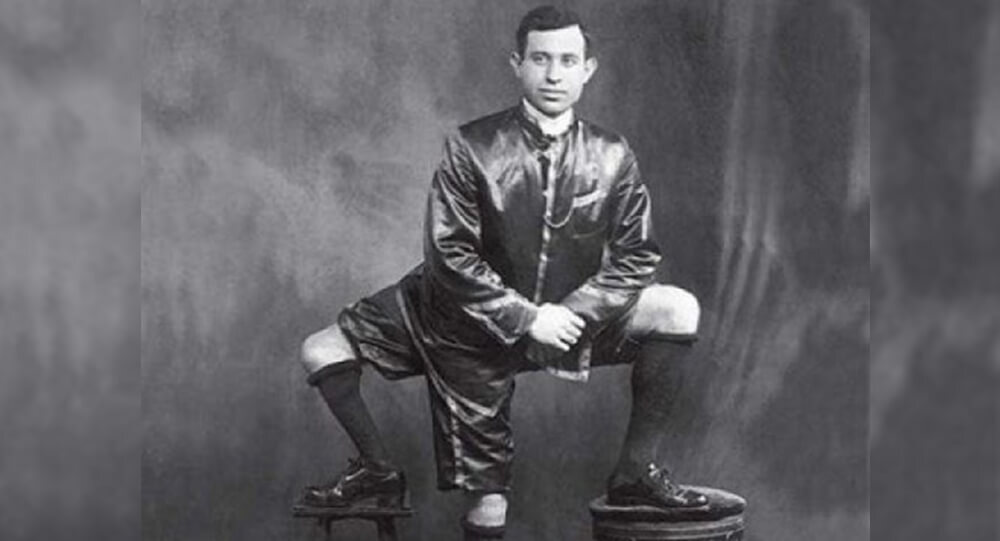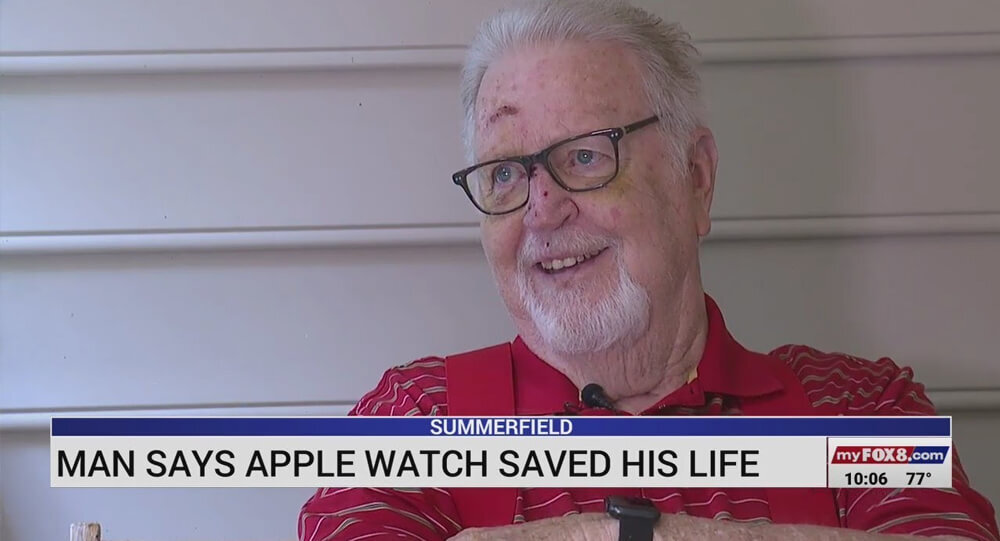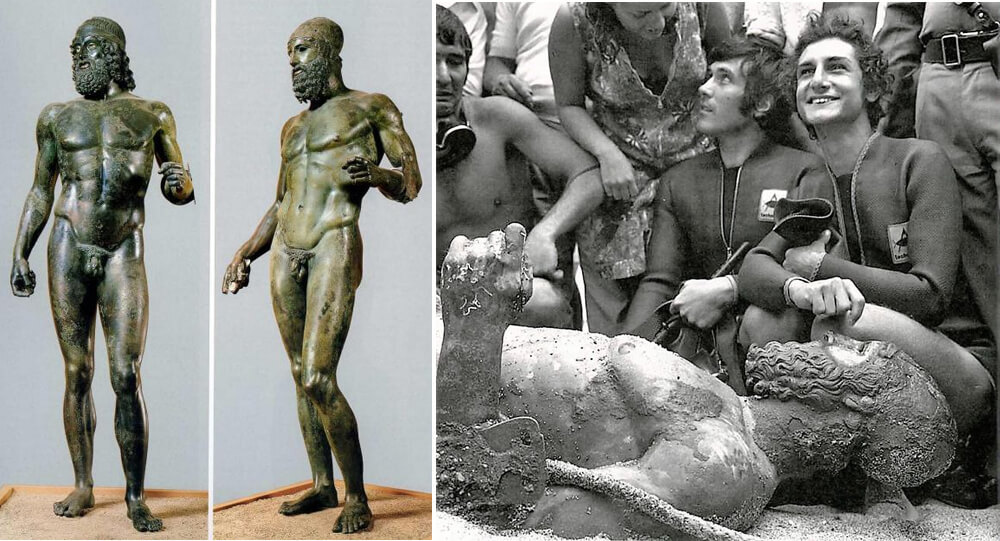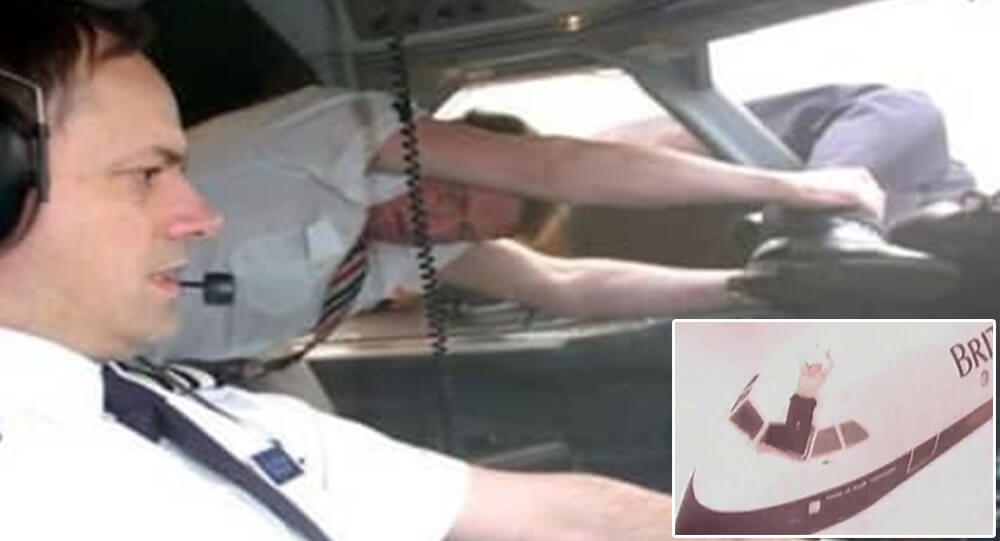
Despite the fact that flying is still a mode of transportation used about 100 years ago, it has made life so much easier. Experts have even declared it to be the safest mode of transportation. Considering the hundreds, if not thousands, of flights that take place every day, a few crashes per year are nothing compared to the number of car accidents that occur every day.
Even with the safest mode of transportation, we still have a small percentage of events, and flight British Airways 5390 was a one-of-a-kind incident in the history of commercial flying. BA flight 5390 was a service from Birmingham (BHX) down to Málaga–Costa del Sol (AGP), Spain’s fourth-busiest airport.
Another day in the Boring Life of a Pilot
On June 10th, 1990, nothing had changed. For a long time, the same plane, the BAC 1–11–500, was used for this flight. The plane had been in the British Airways fleet since 1988 and had been properly maintained. British Airways is known for taking excellent care of their planes. There were 81 passengers on this flight, including four cabin crew members and two pilots.
Captain Tim Lancaster, who is 42 years old and has over 11,000 flight hours, piloted the plane. At the age of 39, Alastair Atchison, the co-pilot, had accumulated 7,500 flight hours. Both pilots had a lot of experience and had their fair share of in-flight issues as well as potential disasters that they were able to avoid because of their knowledge.
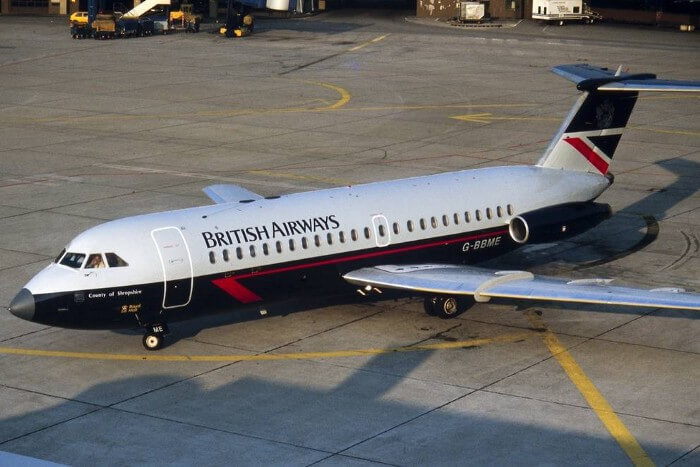
The aircraft passed both pre-flight and post-flight inspections, and there were no technical issues. The plane took off from Birmingham airport at 8:33 a.m. without incident. According to British weather, the level of turbulence was normal. The plane was gradually climbing to the required altitude for cruising to the destination. Commercial jets fly at an altitude of around 30,000 feet (8500 meters), but the BAC 1–11–500 was a smaller plane that cruised at 27,000 feet (8000 meters).
Explosive Decompression
Two of the cockpit windows shattered about 30 minutes after take-off, depressurizing the cabin and sucking Captain Tim Lancaster out. Lancaster was extremely fortunate because he would not have survived that day if one of the attendees had not acted quickly. Before disappearing out the window, flight attendant Nigel Ogden grabbed his Captain’s ankles. Lancaster could not be pulled back due to the high speed and low pressure at that altitude.
“I whipped round and saw the front windscreen had disappeared and Tim, the pilot, was going out through it — he had been sucked out of his seatbelt and all I could see were his legs,” (Quote by Nigel Ogden)
It wasn’t just the Captain’s life on the line, but the lives of everyone on board. If Ogden didn’t catch the Captain in time, the Captain had a good chance of flying right into the Jet’s engine, destroying it and causing an explosion that would send the plane into a nose-dive crash. Everyone on board would have died as a result of this.
Co-pilot Atchison was attempting an emergency landing by descending as quickly as possible towards Southampton airport. Ogden was starting to lose his grip as the co-pilot spoke with flight control in Southampton. Another flight attendant named Simon Rogers realized that Ogden was not able to hold the Captain for another 15 minutes until the plane landed, so they used extra seatbelts to tie the Captain’s legs to the chair.
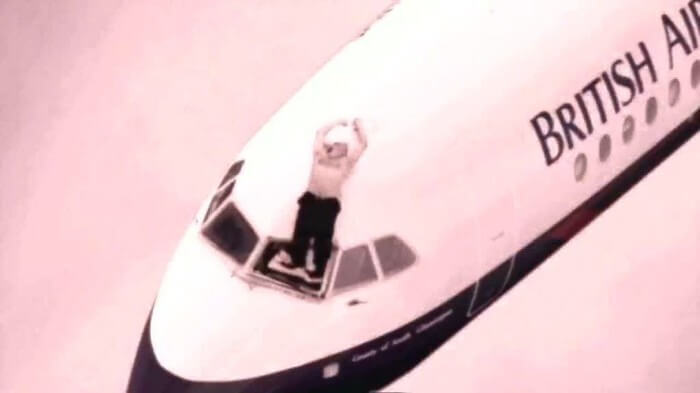
While all of this was going on, Lancaster was forced to remain in the same position due to the plane’s speed. The powerful speed combined with high winds from the high altitude ripped his shirt. One of the worst parts was that he couldn’t close his eyes for the duration, so he was constantly seeing potential death in the sky.
“Most terrifyingly, his eyes were wide open. I’ll never forget that sight as long as I live.” (Quote by Tim Lancaster)
Lancaster was able to return to the cockpit after the plane landed safely at Southampton airport around 8:50 a.m. The emergency services had waited for the plane to land before giving the Captain first aid. He was fortunate to escape with only minor injuries and his life. He was not deprived of oxygen, according to the medics, due to the quick descent. The Captain could have died from a lack of oxygen if the co-pilot had kept the plane at 27,000 feet for longer.
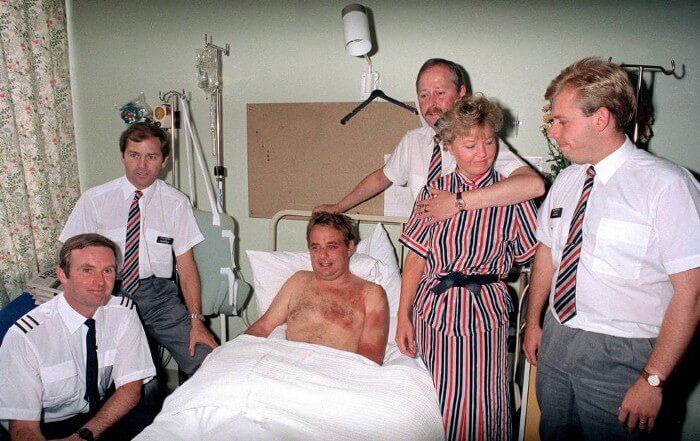
Everyone made it home safely at the end of the day. The entire crew can be seen in this photo surrounding their Captain, who has minor bruises on his chest and arms. The crew worked together to save not only their Captain, but also everyone else on board who was in grave danger.

Max Headroom Incident: America’s Creepiest TV Hack
In 1987 a man hijacked a television station during an episode of Dr. Who and wore a Max Headroom mask and uttered nonsense, and he still hasn’t been caught

Neerja Bhanot, the braveheart flight attendant was never run away from a crisis
Neeja Bhanot, a 22 year old Indian flight attendant who helped hides 41 American passports aboard a hijacked plane. She died shielding three children from gunfire and was posthumously awarded bravery medals from India, Pakistan, and the United States.

Man's Blood Helped Save Millions of Babies
Australian blood donor James Harrison has been one of our most impressive and valued donors, having donated for 60 years. Know his story, how he was a pioneer of our Anti-D program, and why this matters.

A woman who had been lost since she was a newborn 51 years ago was said to have been spotted
A woman who had been lost since she was a newborn for 51 years was reported to have been sighted.

A man who has been suffering from headaches for nearly six months discovers chopsticks lodged in his brain
When it was discovered that a Vietnamese man with headaches and vision problems had chopsticks lodged in his brain, the doctors were almost as surprised as the man himself.

Australian man dies, comes back to life, and wins the lottery twice
Bill Morgan, an Australian, is a man who has beat the odds. He escaped death by surviving a horrific automobile accident and heart attack before collapsing into a coma and going on to win the lotto twice. He went from losing virtually everything to winning far more than he could have imagined.

Beyoncé and Jay-Z's Hospital Security Blocked NICU Access for Father of Premature Twins
A father was denied access to see his premature twins in the NICU when Beyonce and Jay-Z had their daughter at the same time.

A little girl survived a 1-hour submersion in freezing creek water
On June 10, 1986, two-and-a-half-year-old Michelle Funk fell into an icy creek and was submerged for 66 minutes. When rescuers pulled her out of the water, she was not breathing, had no pulse, and appeared lifeless. The doctors used various techniques to rewarm her blood and bring her back to life. She was successfully resuscitated and went on to lead a healthy life.

Tourist in China left hanging from 330-ft-high glass bridge as wind blows away its panels
The popular tourist attraction glass-bottomed bridge was shattered after a strong wind blew away its panels. A Chinese tourist was left stranded in strong winds 330 feet up on a glass-bottomed bridge.

New York installs first offshore wind turbine to power 70,000 homes
New York State has achieved a historic milestone in its clean energy transition by installing the first wind turbine at its first offshore wind farm, South Fork Win.

This whale tail sculpture saved a train that went off the rails
A train in the Netherlands failed to stop in time and broke through the emergency barrier. It's being held up by the statue of a whale's tail.

Passenger with No Flying Experience Lands Plane in Florida: A Real-Life Aviation Miracle
A passenger with no flying experience landed a twin-engine plane in Florida after the pilot died mid-flight. With guidance from air traffic control, he safely touched down—a real-life aviation miracle caught on radar and radio.

A man who was saved from committing suicide 16 years ago now assists people dealing with mental health issues
Kevin Berthia traveled to the Golden Gate Bridge in 2005 to commit suicide. He ended up spending 92 minutes on the edge of the bridge talking to officer Kevin Briggs about his life. In much better circumstances, they cross paths at the same bridge ten years later.

Why Is the N Lowercase in 7-Eleven?
7-ELEVEN is thought to have a lowercase "n" in its logo because the company president's wife believed that a logo with all caps would seem harsh, while a lowercase "n" would make it more graceful.

The rescuing hug - the touching story of twins Brielle and Kyrie Jackson
Brielle and Kyrie Jackson’s lifesaving hug was captured when Brielle was struggling to breathe and going blue. As a final option, the nurse deviated from protocol and placed them in the same incubator. Kyrie wrapped her arm around her sister, who immediately began to stabilize

Story of Forrest Fenn and who he hid a bronze chest treasure full of gold and other jewels
Forrest Fenn, an art dealer, hid a bronze chest full of gold and other jewels somewhere in the Rocky Mountains ten years ago. In a poem, he hinted at its location. Thousands of people tried and failed to find the treasure, which is said to be worth over a million dollars, and at least four people died in the process. In June 2020, the Fenn treasure was discovered.

Lafayette pizza delivery driver who saved 5 from burning house
Nicholas Bostic a 25-year-old pizza delivery man from Lafayette, Indiana, ran into a burning house to rescue four children, who told him there is one more inside. He ran back inside, he found the six-year-old girl, jumped out of a window, carried her to a cop who captured the moment on his bodycam.

Frank Lentini, The Three-Legged Sideshow Performer
Francesco Lentini was a man with three legs, four feet, sixteen toes, and two sets of functional male genitals. He worked for the circus and lived to be 78 years old.

Apple Watch saves a 78 year old man from life threatening fall
An Apple watch saved the life of a 78-year-old man from North Carolina. When the man was unconscious and collapsed on his driveway, his Apple watch quickly sent an alert to emergency services.

Paramedic Rescues Doctor Who Saved Him 30 Years Earlier
In 1981, a doctor helped save the life of a 3.2 pounds premature baby boy. Thirty years later, the boy, who had grown up to be a firefighter-paramedic, helped in saving the same doctor from a car accident.

Restaurant owner offers burglar a job rather than filing charges
On April 13, 2021, Diablo’s Southwest Grill was robbed, but instead of pressing charges, owner Carl Wallace decided to offer the burglar a job in his business and said “There are better opportunities out there than this path you’ve chosen,”.

Whang-od Oggay, The legendary tattoo artist from the Philippines
This is Whang-od Oggay, a 106-year-old tattoo artist from the Philippines. She is often described as the last and oldest Kalinga tattoo artist, and has been performing the traditional art of hand-tapped tattoos since the age of 15

The accidentally discovery of Riace bronzes
Stefano Mariottini was snorkeling off the coast of Monasterace near Riace in 1972 when he noticed a human hand sticking out of the sand and called the police, thinking it was a corpse. It was actually two statues of "Warriors from Riace" - 5th century BC Greek bronze statues.

24-year-old burglar beaten by retired boxer victim
A 24-year-old knife-wielding burglar attempted to get into the home of a 72-year-old senior in Oxford, England, in 2009, but was left battered, bruised, and pinned to the ground. Frank Corti, the elderly, turned out to be a former boxing champion.

Mystery of 300-year-old mummified mermaid is being probed
There is a 300-year-old mummified mermaid with 30 centimetres tall and features a human-like head, two hands with what appear to be fingernails, and its lower body that look like a fish tail. The “mermaid mummy” is being probed by Japanese scientists in an attempt to unravel the mystery of its existence.

